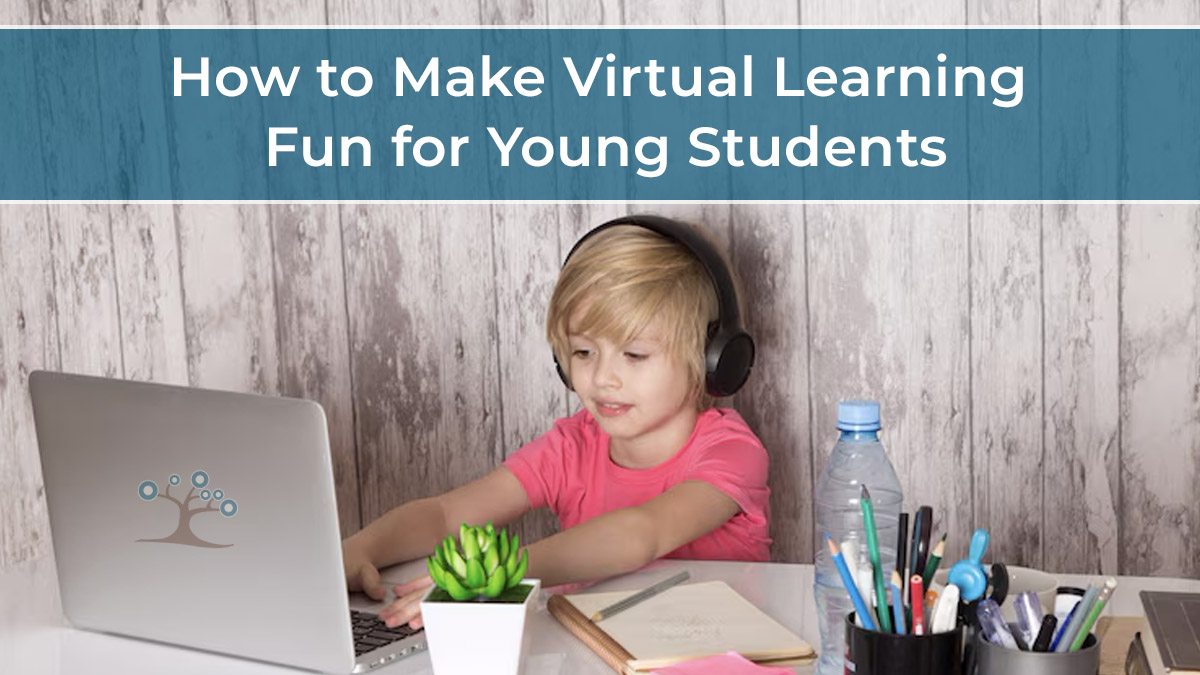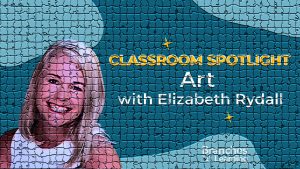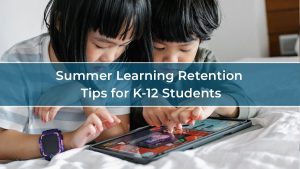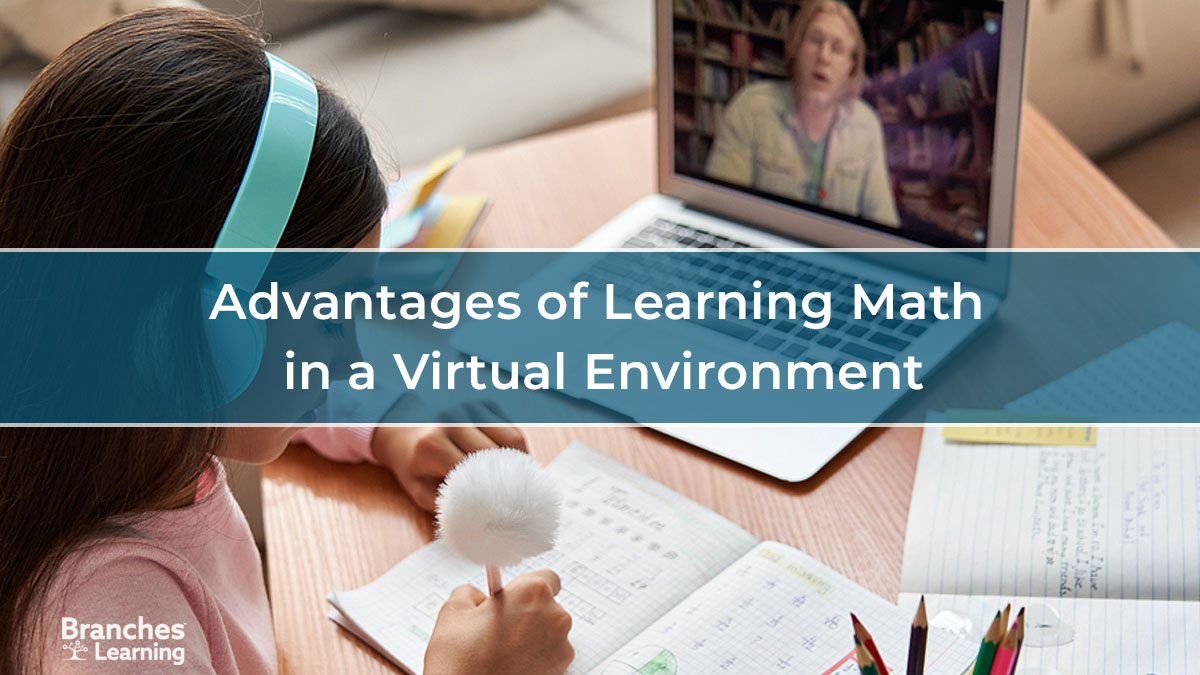Virtual learning with younger kids can feel like you’re on a rollercoaster, and keeping young students engaged in an online class can feel like the rollercoaster is going backward! However, numerous strategies and tips can make virtual learning both meaningful and enjoyable, while also making it effective. It is possible for parents, teachers, and students to feel empowered and rooted as they navigate virtual learning.
Make it Visual, Colorful, and Fun.
Why it works: Young children are visual learners and respond best to bright colors, pictures, videos, and other engaging visuals.
- For Teachers: When using presentations, such as Google Slides, incorporate simple images, fonts, and expressive emojis (or other images showing emotions.) Integrate short and engaging videos or interactive digital storybooks.
- For Parents: Help your little ones stay focused by keeping their learning area clutter-free and ensuring accessible class materials are visible and ready for use.
Keep it Short and Predictable
Why it works: It is no secret that young learners have short attention spans, typically five to fifteen minutes at most.
- For Teachers: Break your sessions into chunks, e.g., welcome song, mini-lesson, activity, brain/movement break, then back to the lesson and/or activity.
- For Parents: Prepare your child by reviewing their daily routine before the day starts. Visual schedules and/or timers can reduce stress and empower them.
Brain and Movement Breaks
Why it works: Little bodies and minds need to wiggle! Movement has been proven to support focus and memory.
- For Teachers: Consider incorporating freeze dance, children’s yoga, or movement games into the class activities. Websites like GoNoodle or Cosmic Kids Yoga are great for a quick break.
- For Parents: Standing during a lesson, using a seat cushion or beanbag, or even bouncing on a medicine ball can help encourage longer focus. Stretching in between classes or every hour can help their bodies stay calm as well.
Turn Learning into Play
Why it works: Children learn best through play, which includes virtual play as well!
- For Teachers: Use digital games like Kahoot Jr., scavenger hunts, or matching games. Give your students roles like “weather reporter” or “clock watcher” to encourage imaginative play while keeping their interest and participation.
- For Parents: Occasionally, reenact some of the games your child has played during class. Reinforce academic concepts with games around your home like letter hunting, counting snacks, or I Spy.
Participation and Voice
Why it works: Kids (and adults) love to feel seen and heard, which fosters confidence and positivity.
- For Teachers: Greet each student by name at the beginning of class. Incorporate “share time” or “show and tell” moments to keep them involved. When possible, keep microphones unmuted (in small groups) to encourage natural conversation.
- For Parents: Encourage your learner to raise their hand and respond out loud to answer questions or share ideas, even if they’re shy. Sitting nearby and/or holding their hand can help build their confidence as they interact in the class.
Repetition and Routine
Why it works: Children thrive when they have routines since they provide a sense of safety and control.
- For Teachers: Start each class with a familiar song, greeting, or warm-up. End with a simple reflection: What is something you learned today? Or, what was your favorite part of class?
- For Parents: Create a consistent space for virtual learning, with minimal distractions and materials accessible and ready to use.
Bringing Comfort into the Virtual World
Why it works: Comfort items and fidget toys support engagement and focus.
- For Teachers: Host a “Stuffed Animal Day,” Pajama Day,” or “Show Your Pet Day.” Activities like these can foster collaboration and inclusivity, making it easy for young students to participate and learn.
- For Parents: Let your child have their favorite toy or stuffed animal nearby; it can serve as a comfort object and provide calming effects. A fidget toy is a great tool to enable attention and focus.
Celebrate Effort Over Perfection
Why it works: For young learners, from TK to 2, confidence is the driving force behind learning. When their efforts are recognized, they will have the confidence to work through challenging moments.
- For Teachers: Praise participation and kindness. Use digital confetti or applause, which can be found through third-party apps or within your video platform, ie, reactions in Google Meet.
- For Parents: Focus on the small wins—being able to maintain focus for extended periods of time, answering a question from the teacher, or completing a task. You can celebrate with high fives, stickers, or playing a favorite game or activity with them.
Keeping younger students engaged in virtual learning is all about visuals, movement, routine, and play. Whether you’re teaching or supporting from the sidelines, using the right strategies and tips will help young learners thrive in a virtual classroom.








